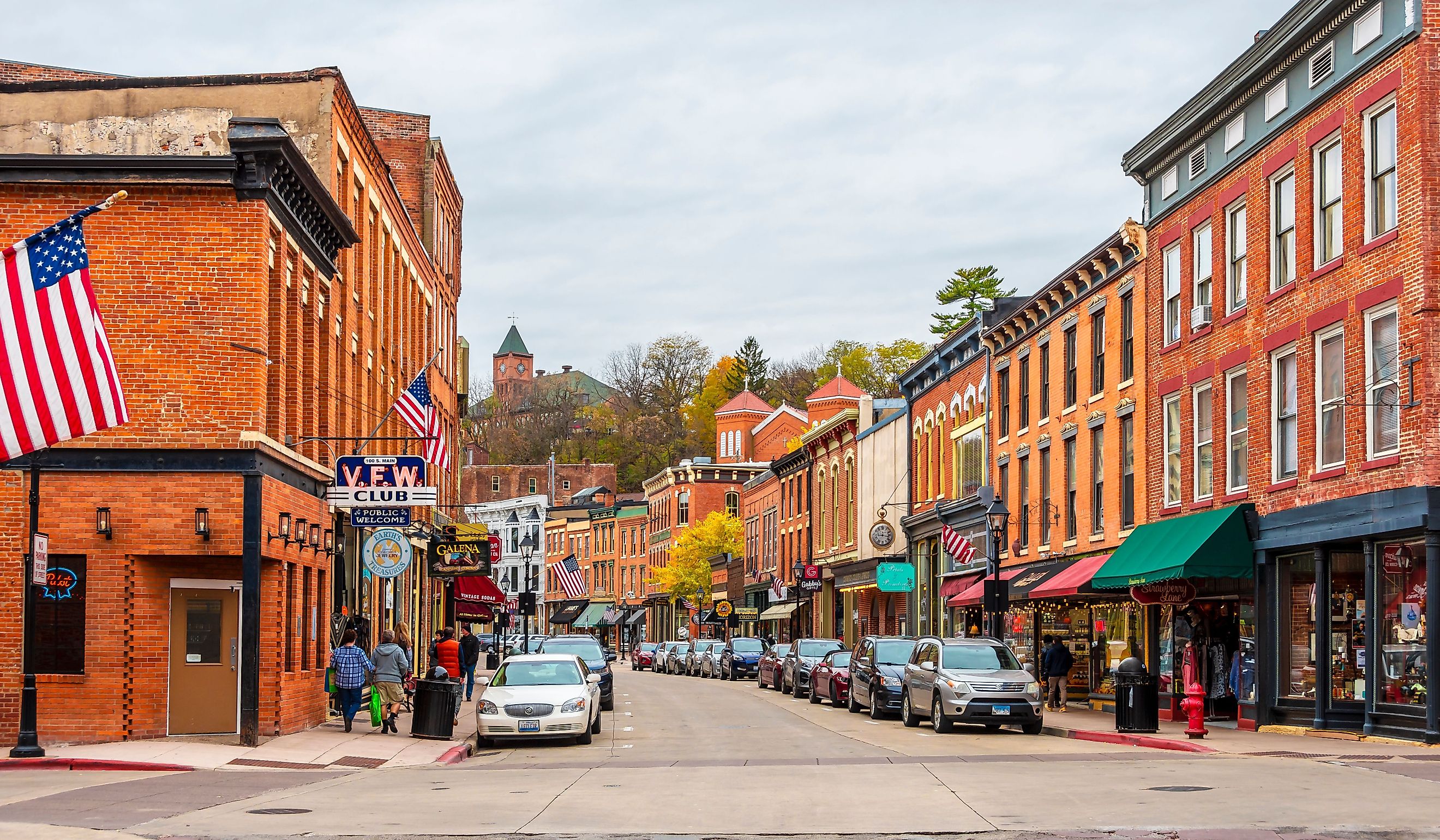
7 of the Most Walkable Towns in Illinois
As the sixth-most populous US state, Illinois conjures imposing buildings, large crowds, and bumper-to-bumper traffic. However, over half its population lives in the Greater Chicago Area, which means that if you leave the Windy City, you will find wide open spaces interrupted only by small towns. There, you can truly feel and enjoy the wind as you walk from quaint shops to historic sites without skyscrapers blocking, crowds bustling, and exhaust poisoning the air. Here are seven such communities for a refreshing Illinois stroll.
Richmond
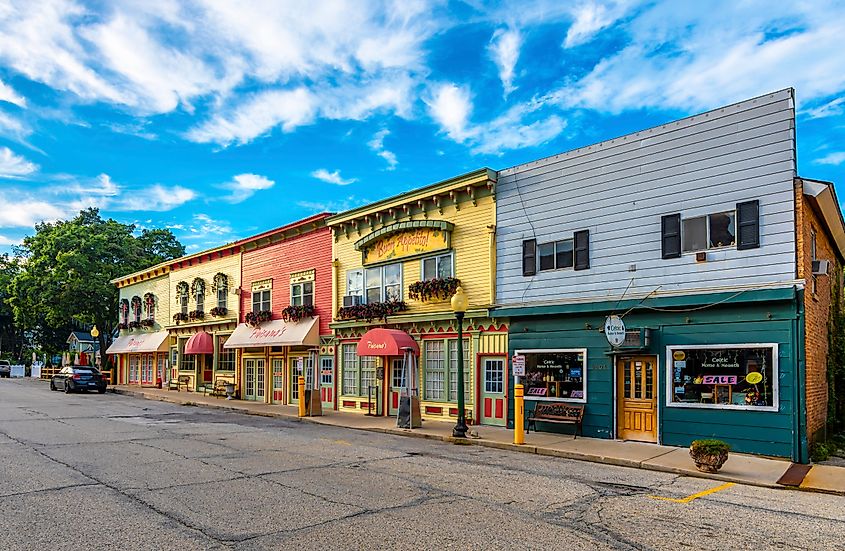
Richmond is a tiny village that is rich in walkability. It is ironic that Richmond, as a commuter village for Chicago, is one of the most walkable places in the state. Just over 2,000 residents saunter to and from businesses like Anderson's Candy Shop, Ivy's Oh So Sweet, and Genesis Hair Salon, all of which are housed in beautiful historic buildings.
Those buildings—and 48 others—are highlighted for tourists on the Historic Downtown Richmond Walking Tour. Many of the remaining stops are historic homes, such as the E.G. Mygatt House (c. 1850), Dr. Gordon House (c. 1898), L.B. Covell House (c. 1900), and Susan McConnell House (c. 1908). All of those examples are on the same street.
Pontiac
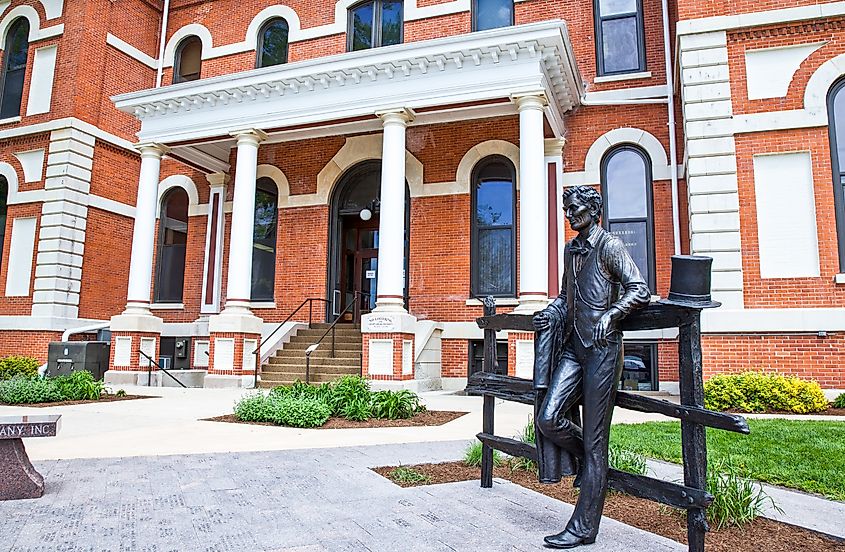
Kicking walkability into higher gear is Pontiac, a small Illinois city with not one, not two, but three walking tours. The Mural Tour takes pedestrians on a 1.25-mile trek past more than two dozen magnificent murals. The Museum and Historical Loop is a mile-long survey of three museums (Pontiac Museum Complex, Pontiac Oakland Auto Museum, and Museum of the Gilding Arts) and three historic homes (Jones House, Strevell House, and Catherine Yost House).
The Lincoln Tour traces Abe Lincoln's visits to Pontiac with stops at nine Looking for Lincoln Wayside Exhibits and the Livingston County Courthouse's life-sized Lincoln statue. Pontiac is a grand safari of grand attractions.
Ottawa
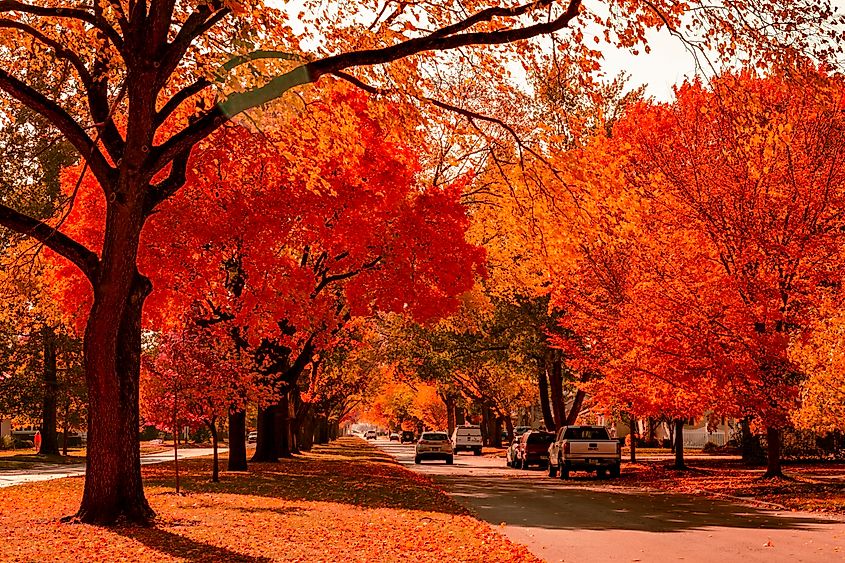
No, this is not the capital of Canada. Rather, it is the capital of LaSalle County's walkability. Ottawa, Illinois, is a city of nearly 19,000 people and hundreds of buildings within two strollable historic districts. The Ottawa Commercial Historic District contains such ancient businesses as the Court Street Pub and Bianchi’s Pizza, while the Ottawa East Side Historic District showcases ravishing residences like the Albert C. Bradish House (a Queen Anne-style abode from circa 1890) and Fisher-Nash-Griggs House (a Greek Revival casa dating to 1916).
Although you can explore those sites on your own, you can also join the detailed and esoteric expeditions organized by Awesome Ottawa Tours. They include the Steeples & Saloons Walking Tour, “Ottawa's Underground Railroad, Uncovered” Tour, Wine Through Time Prohibition Pub Crawl, and "Graveyard Stories: Heroes, Hobos, and Murderers, UNEARTHED" Tour. The last of those puts the "haunt" in historic haunts.
Nauvoo
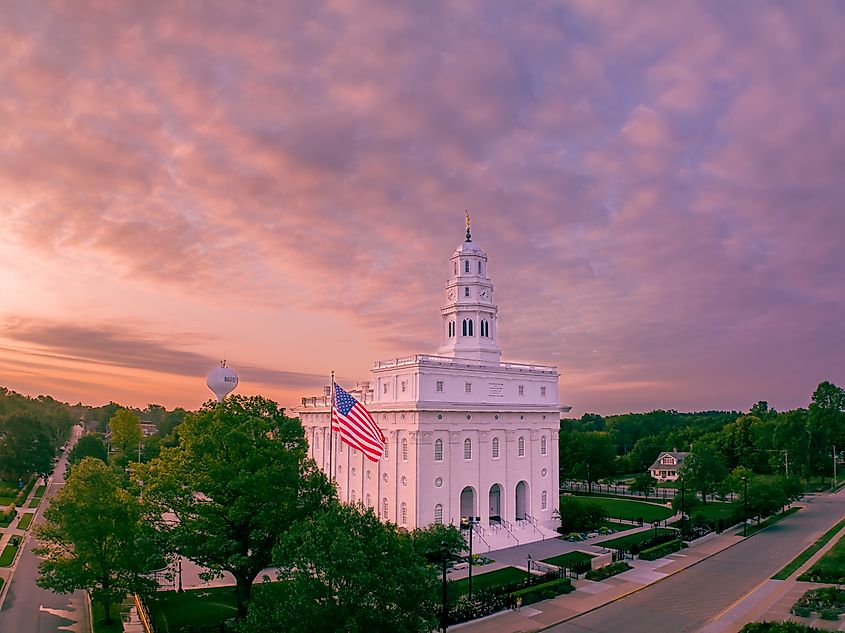
Take a walk on the wild side of American history in Nauvoo, the first settlement on the Mormon Trail. You can follow the path that Joseph Smith, Brigham Young, and other Latter-day Saints took to design Nauvoo according to their new religion. See the Mansion House where Smith resided, the site of the second LDS temple marked by the current Nauvoo Illinois Temple, and the site of the Nauvoo Expositor Printing Press that Smith destroyed and led to his murder in Carthage and his disciples' exile to Utah.
Despite its history, Nauvoo is not strictly a Mormon site. Those interested can also take the Way We Were Walking Tour to visit the city's commercial properties or the Vineyard Tour to traverse Illinois' oldest operating winery.
Glen Carbon
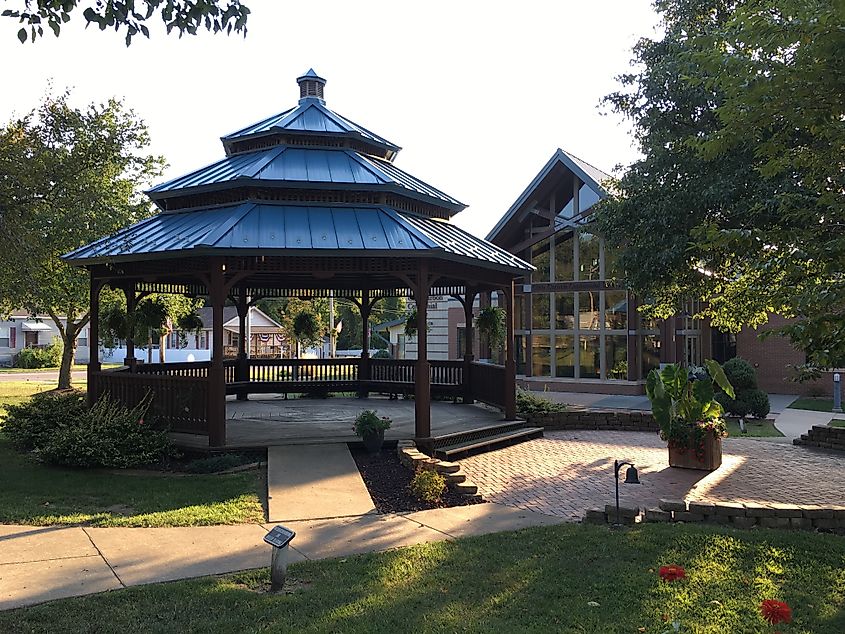
Glen Carbon sits so far south that it is considered a suburb of St. Louis, Missouri. Yet, it is separate and small enough to attract wanderers looking for natural and commercial serenity. Among the splendid sights to see in Glen Carbon are the Wooden Nickel Pub & Grill, Old Towne Tavern, Weeping Willow Tearoom, Ray M. Schon Park, and Miner Park.
But there is a spooky side to this scenic village that can be explored via the Ghosts of Glen: Haunted History Walking Tour of Old Town. For the past two years, the Glen Carbon Heritage Museum and Glen Carbon Centennial Library have co-hosted this tour on the weekends before Halloween. Look out for an announcement of 2024's dates.
Monticello
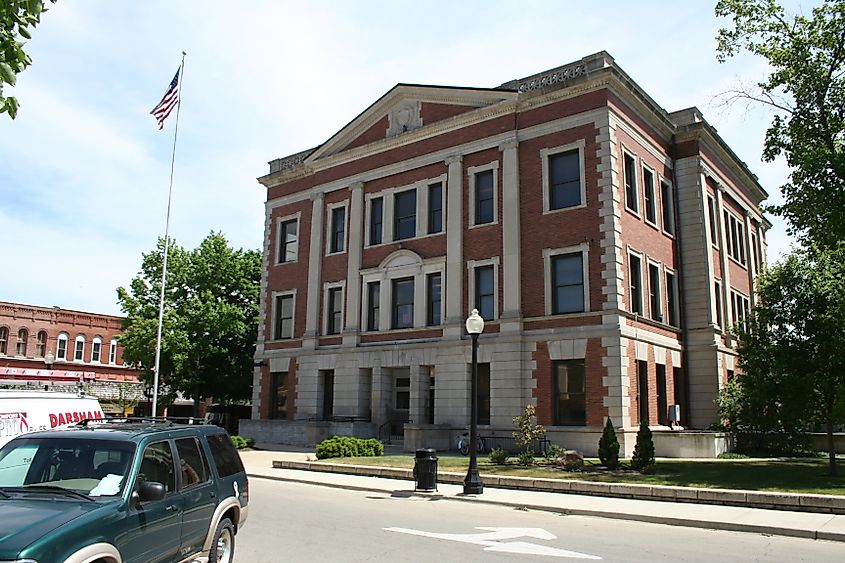
Thanks in large part to the Pepsin Syrup Company, which prospered in town during the turn of the 20th century, Monticello once had a neighborhood with the "highest per capita income of any place in the United States." Although Pepsin is gone, many of the mansions along "Millionaire's Row" remain. The neighborhood, which is formally called the North State Street Historic District, can be toured with ease.
After checking off North State Street haunts like the Moore-Hutson House and Sarah Netherton Dighton House, make sure to check off the buildings in Monticello's other walkable neighborhoods: the South Charter Street Historic District and the Courthouse Square Historic District. Then test your stamina at Robert Allerton Park, a 1,500ish-acre preserve with miles of trails and yet another turn-of-the-century mansion—this one built for the namesake philanthropist.
Galena
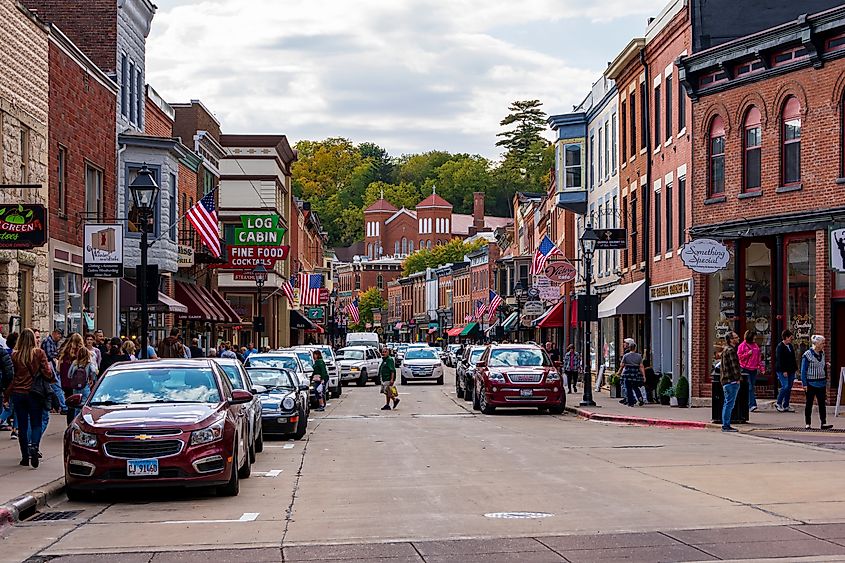
It should come as no surprise that Galena, which is often voted the best small town in America, is extremely walkable. Like Monticello, Galena prospered largely off one resource (its namesake, Galena lead) and has a high density of stately structures. Galena's website recommends walking from the circa-1948-built Galena River Levee & Floodgates to the circa-1853-built Corwith Building to the circa-1846-built Davis Block to 16 other significant sites before finishing at the Old Blacksmith Shop, which dates to 1897 and is said to be the sole remaining blacksmith shop out of dozens. It even contains century-old tools.
Alternative tours for braver pedestrians are offered by Amelia's Galena Ghost Tours. There is a Haunted Bus Tour, Haunted Walking Tour, and Haunted Pub Crawl, the last of which spans two and a half hours and three supposedly haunted pubs filled with spirits and "spirits."
As representatives of rural Illinois walkability, Richmond, Pontiac, Ottawa, Nauvoo, Glen Carbon, Monticello, and Galena offer attractions that you can enjoy sans vehicle. Although they are not the Windy City, those seven communities will put wind in your hair as you walk from a historic candy store to an automobile museum to a Mormon monument to an old blacksmith shop. You will need a vehicle to get to the towns, but you can keep it parked for days while inside them.











